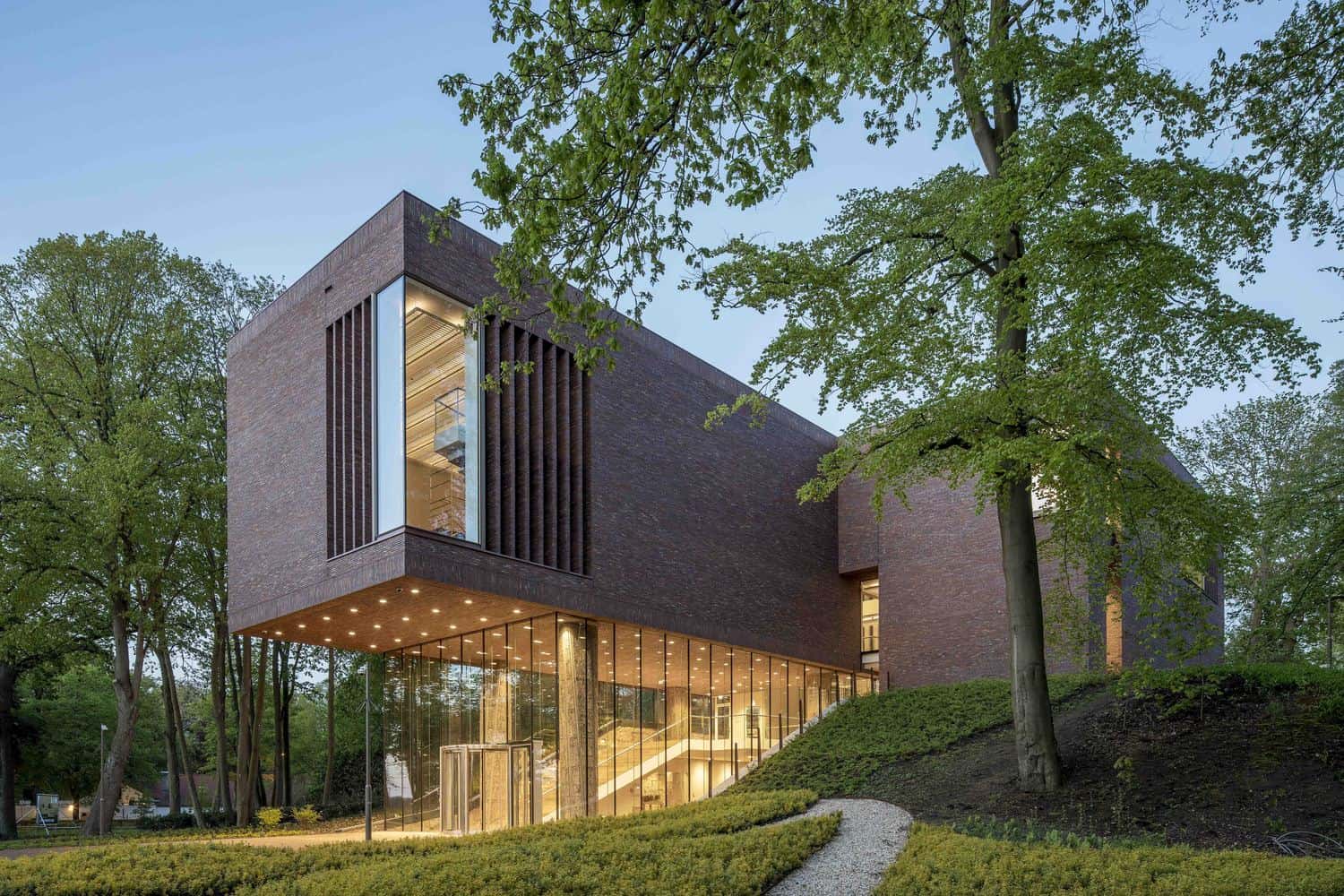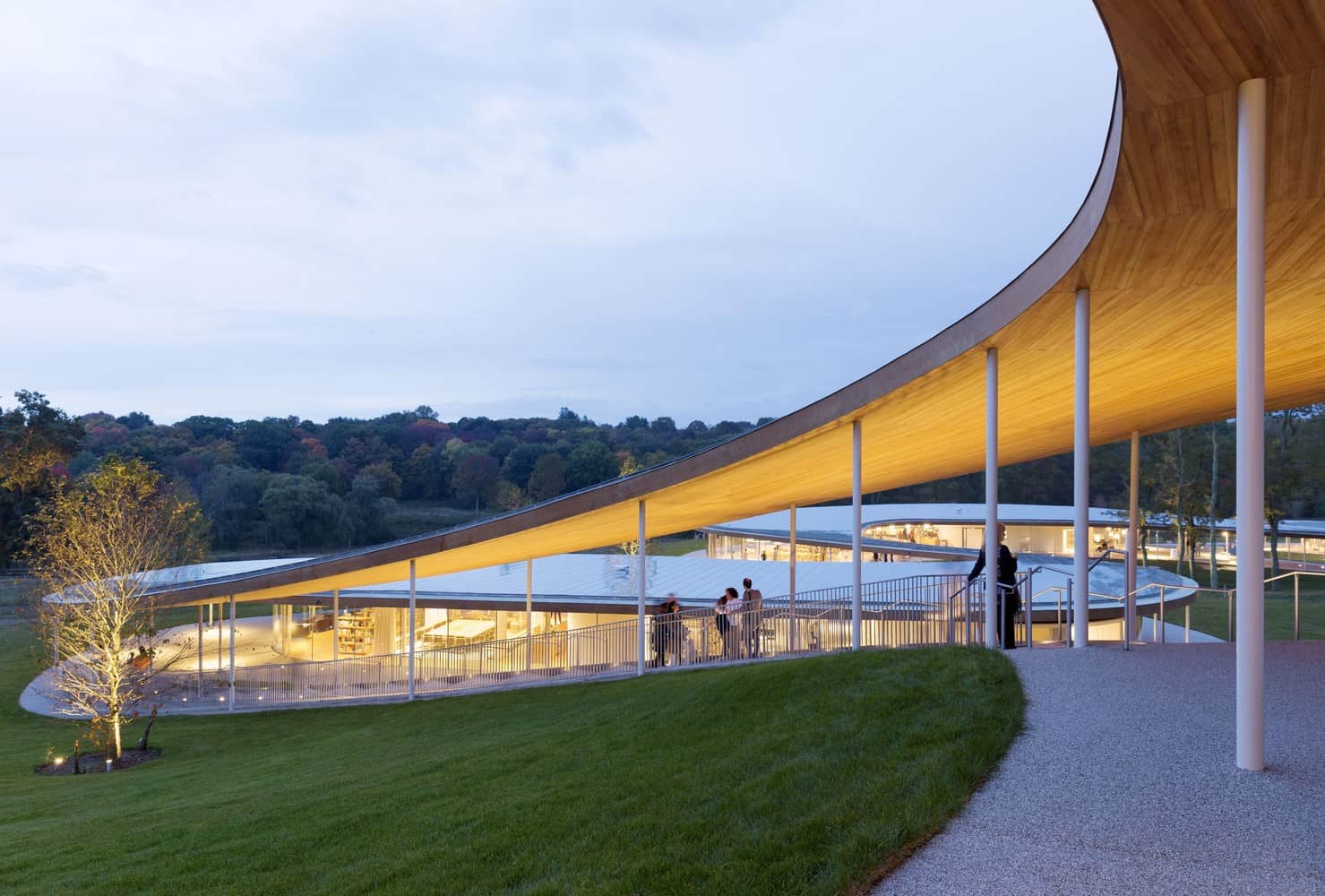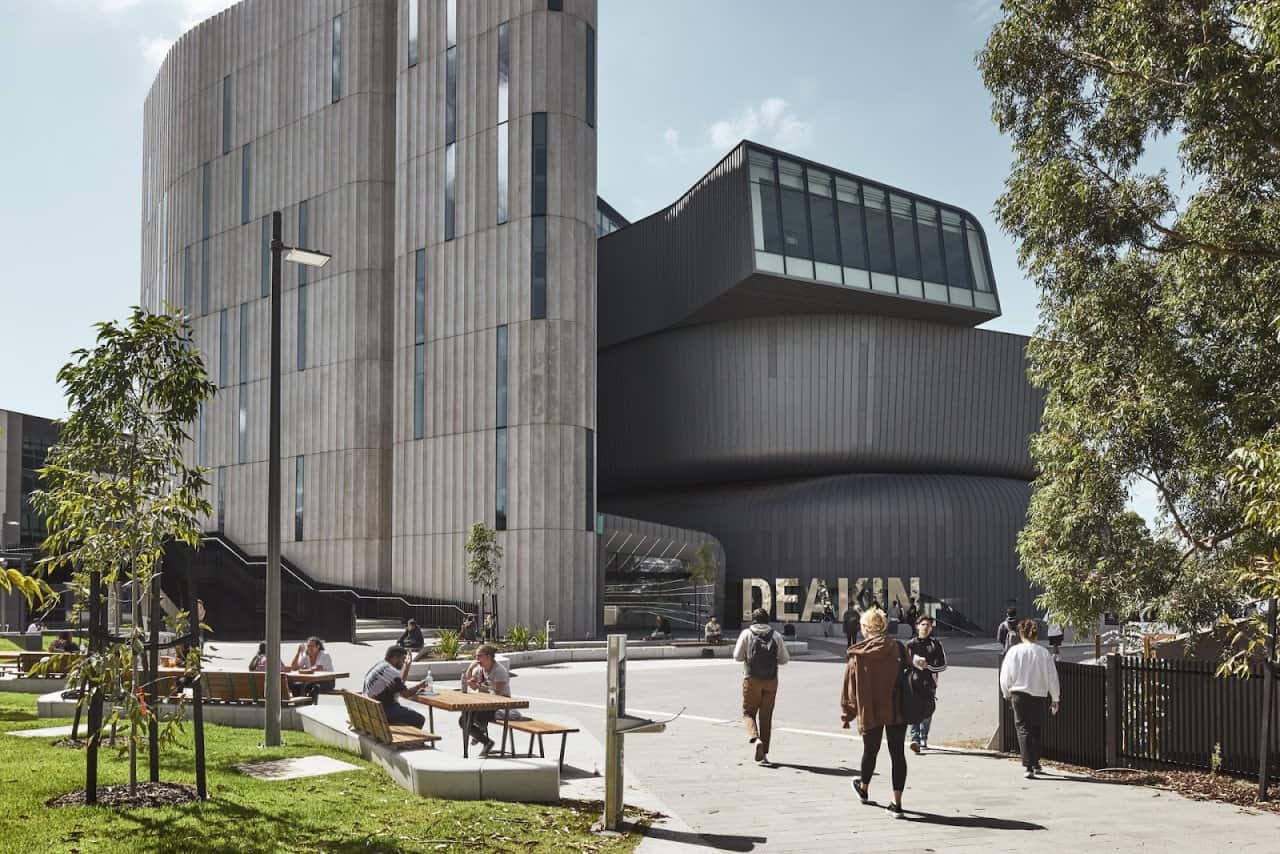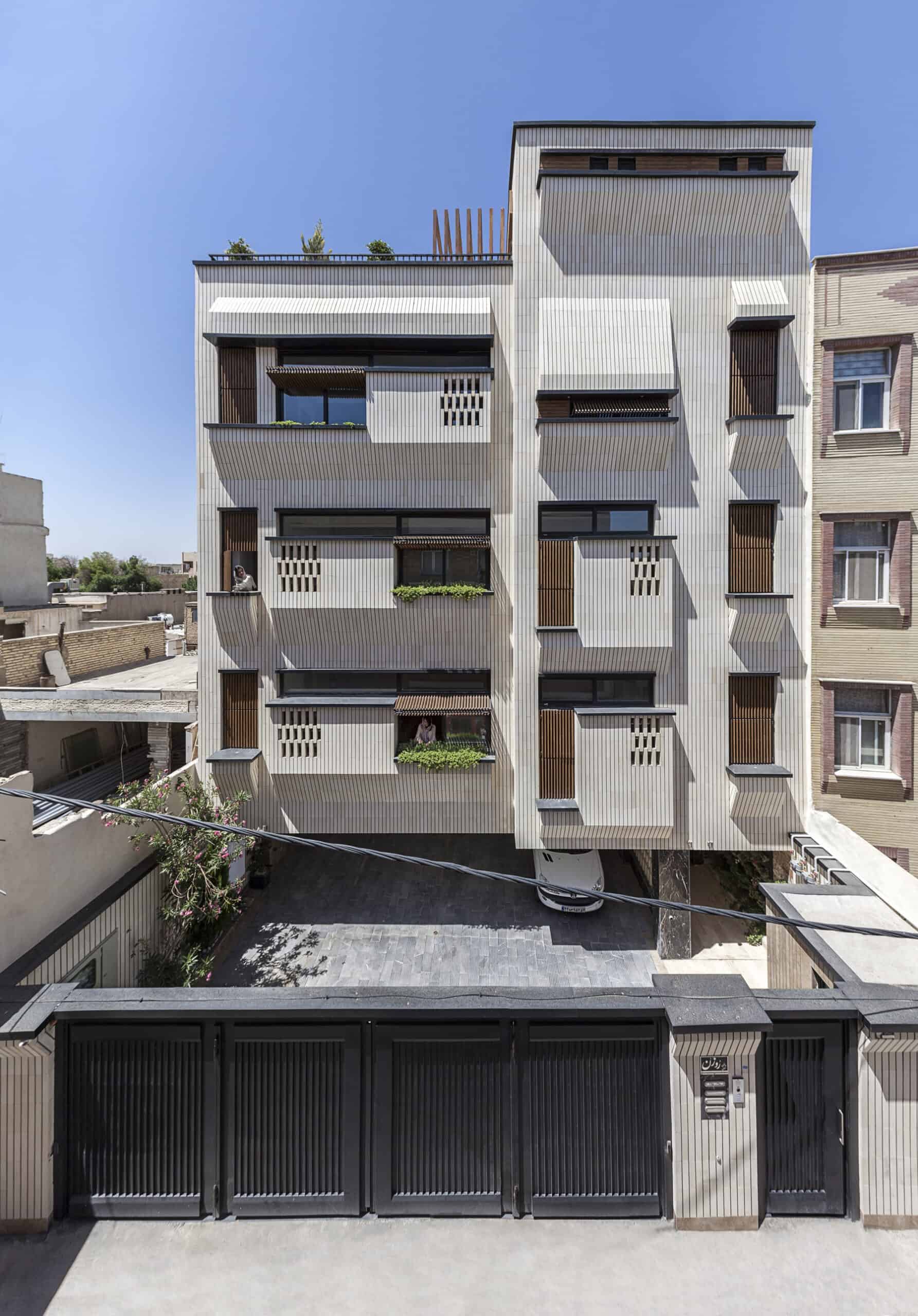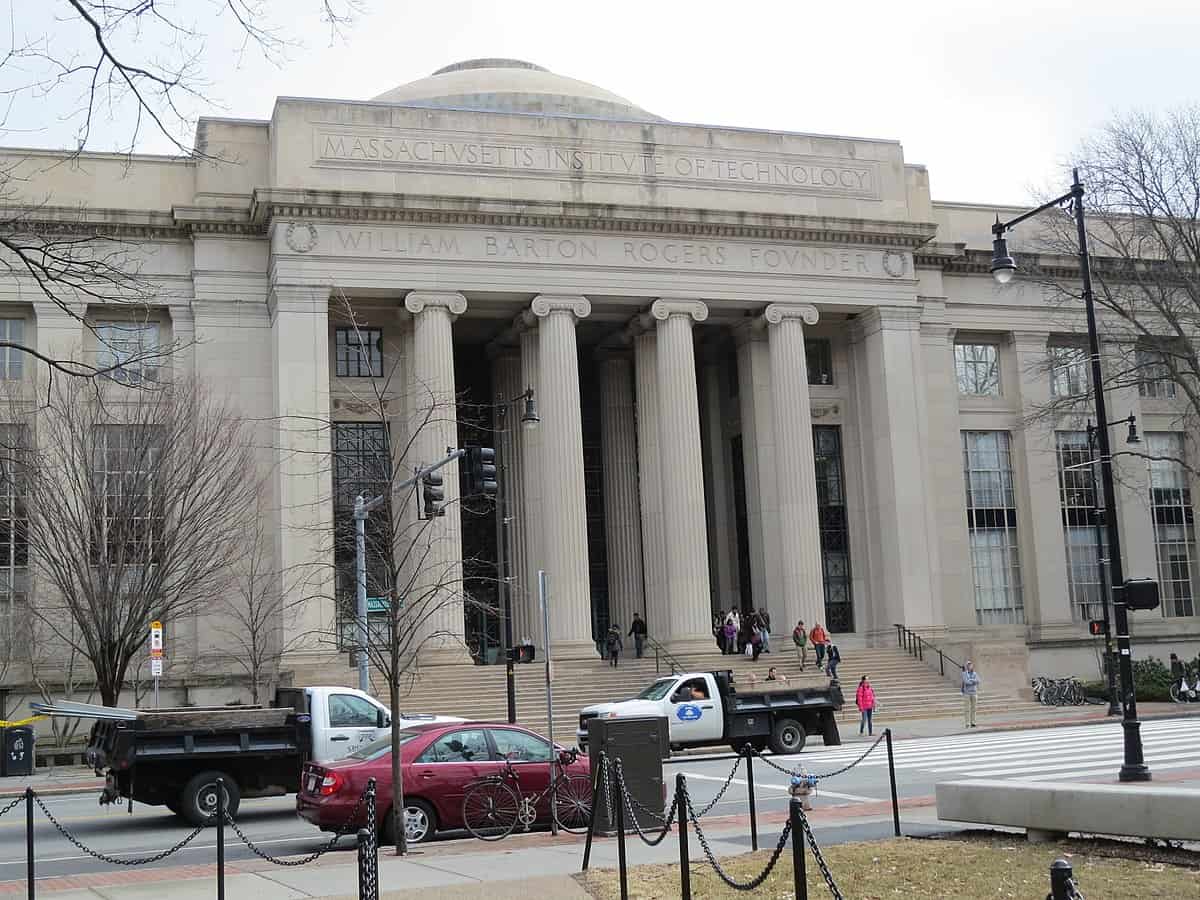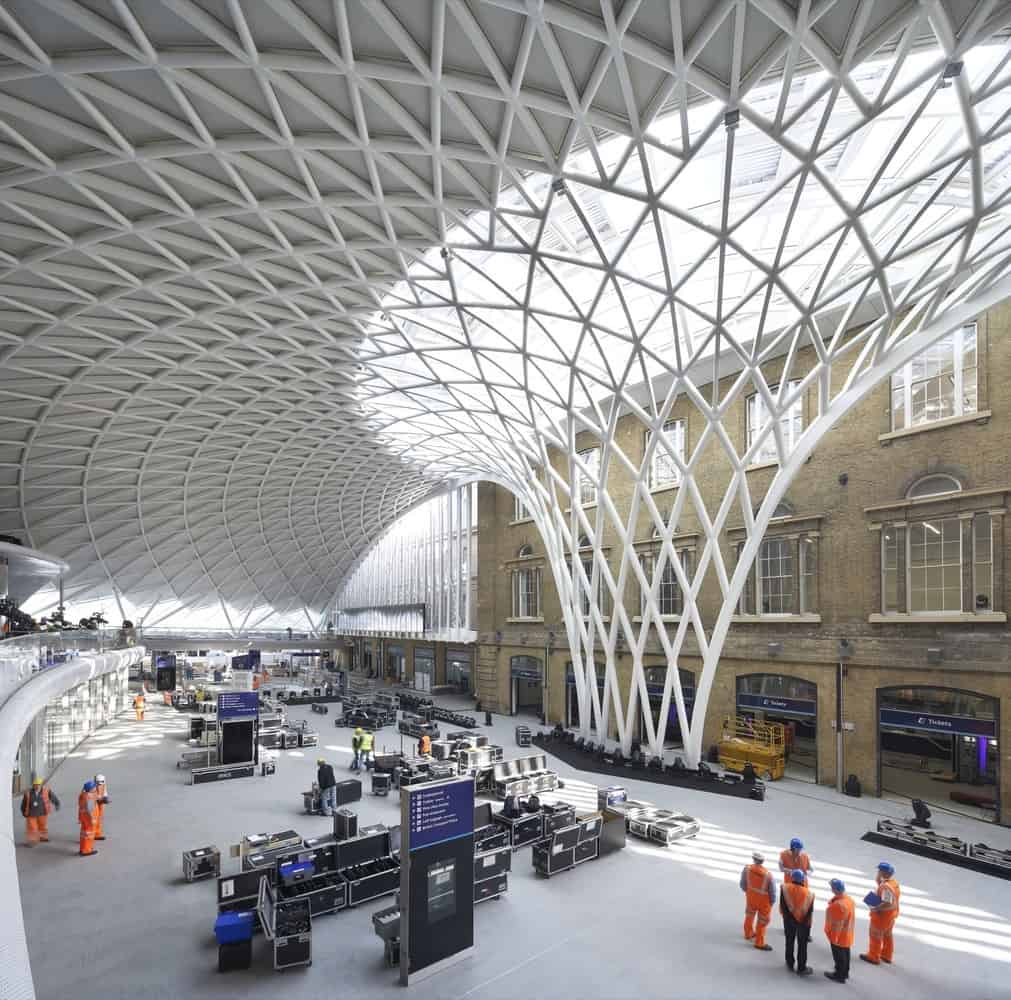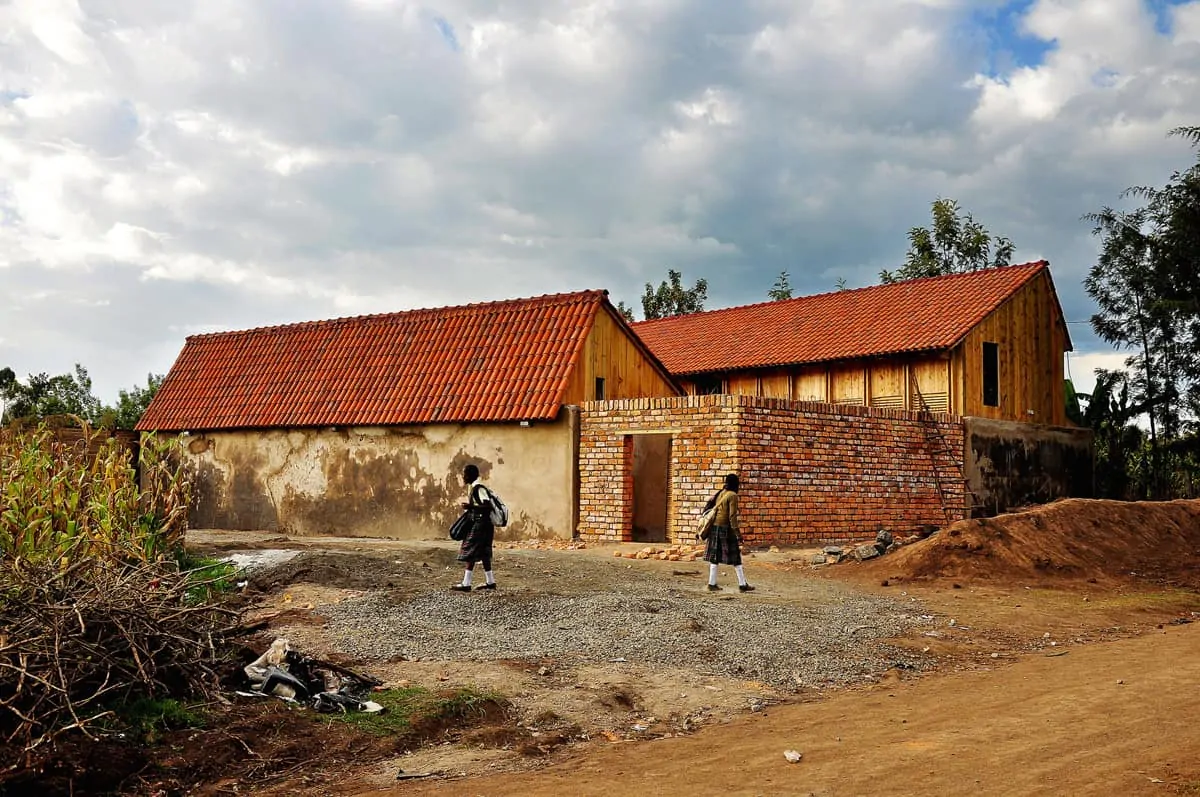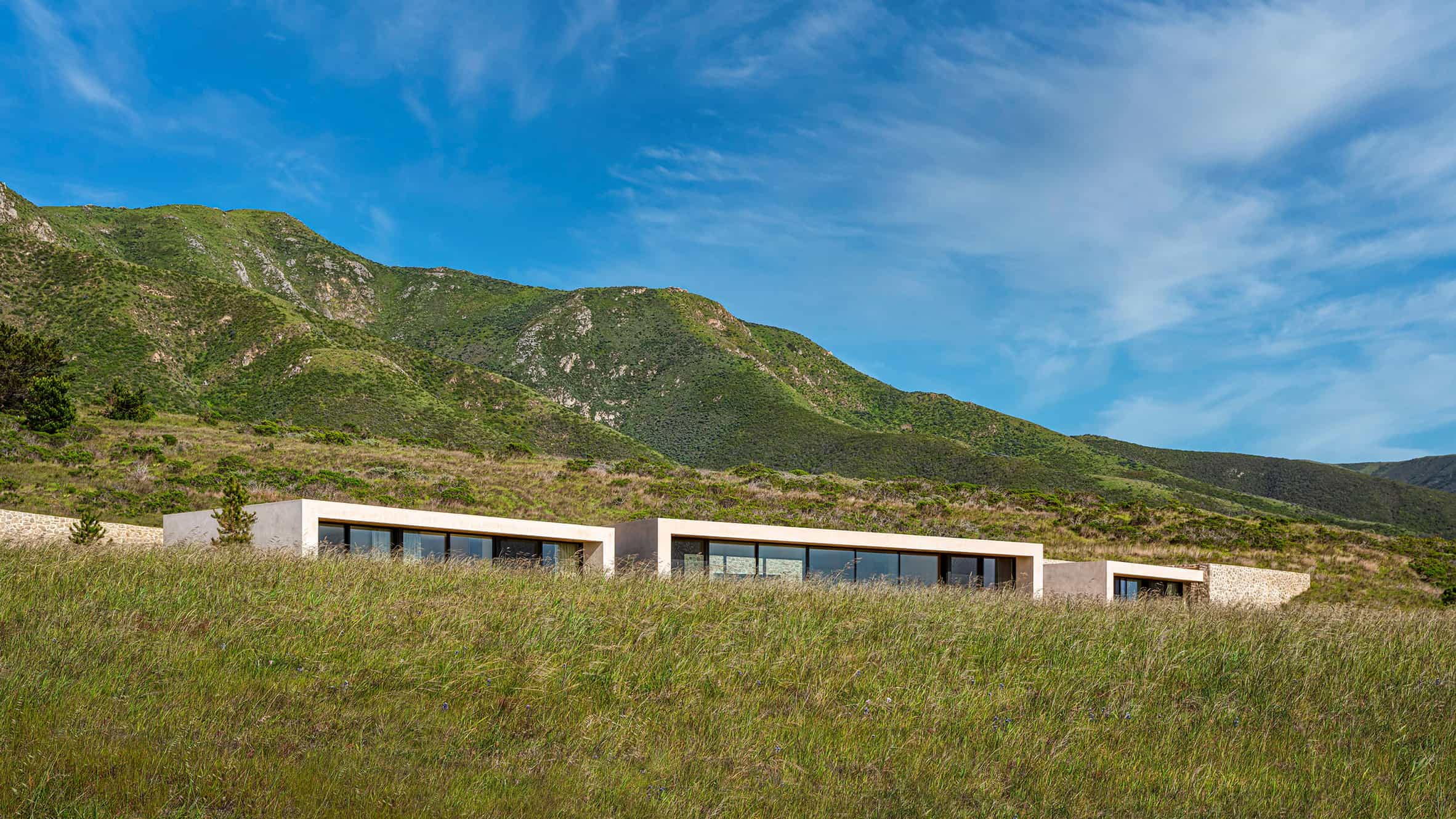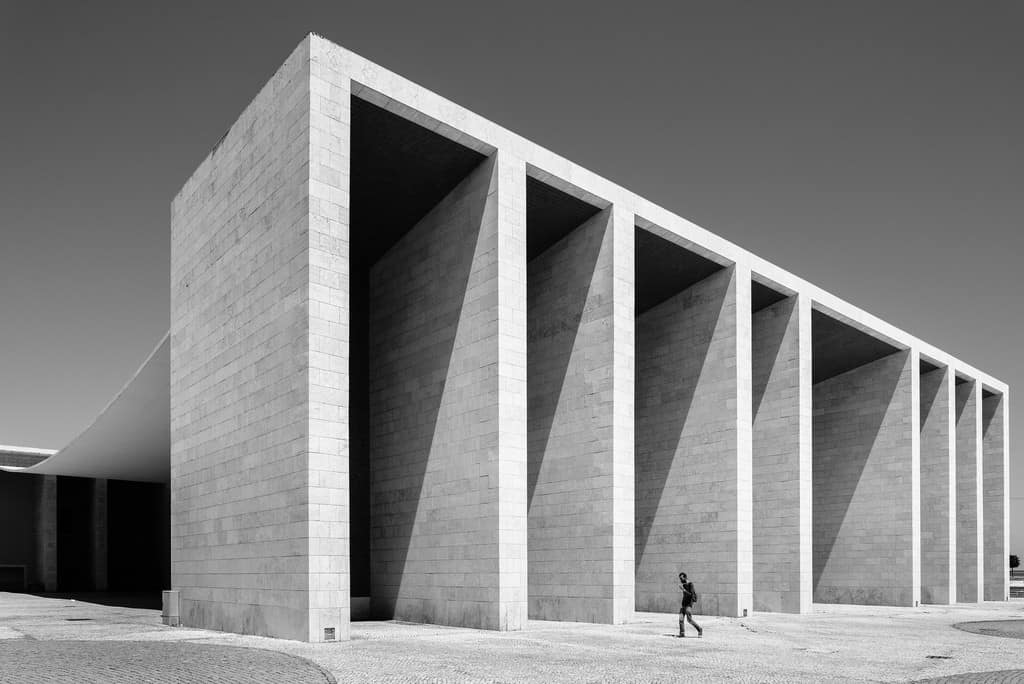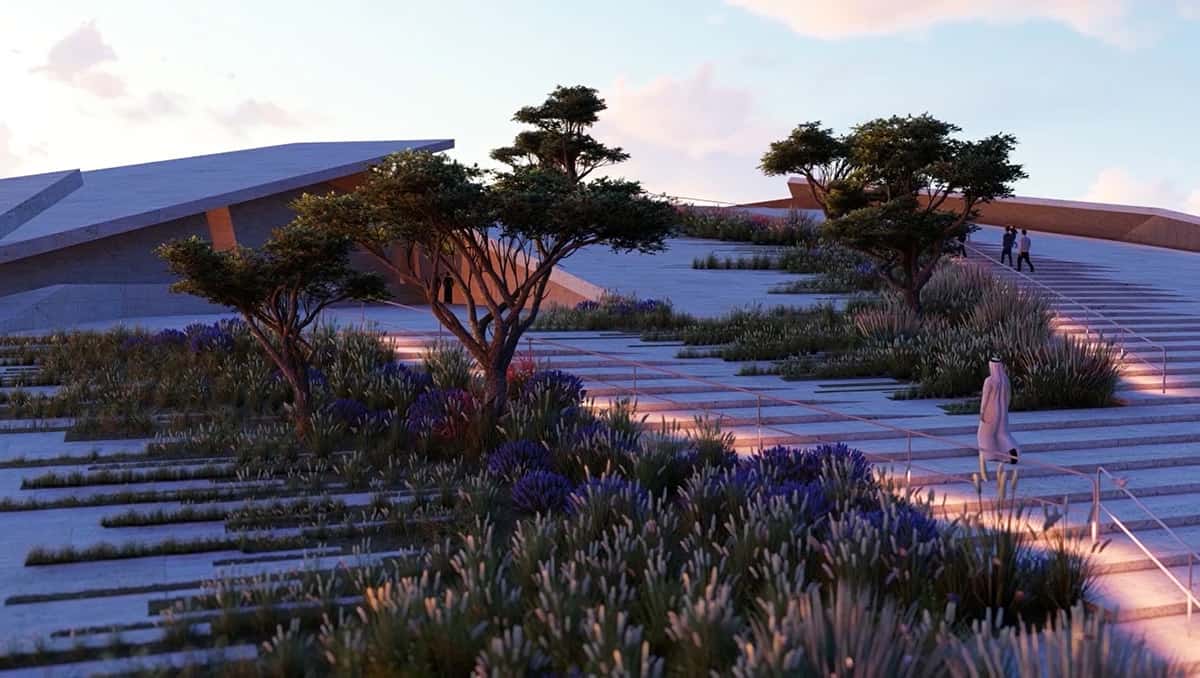Inside the “Garden of Europe” – a nickname for Keukenhof – rises a monolithic work of architecture in stark contrast to the beautiful lush green central park. The Lisser Art Museum does not care to announce as it rises into the sky. It does not have transitional zones. It is not bothered to cut itself in phases. No. It is a small but magnificent form rising from nature and going above with the trees majestically as it affirms its grounds.
The museum was a much needed addition to the historical Keukenhof country estate. Carrying a history of more than 4 centuries, this garden is one of the largest flower gardens in the world protected by The Netherlands Cultural Heritage Agency. Beginning from 1658, the Keukenhof was a marvel featuring a terraced garden and an artificial dike that were both rare in the Netherlands at the time.
In 1860, the celebrated landscape architects J.D and L.P Zocher redesigned the entire park to eventually earn the place a national heritage status. In 2010, a masterplan that was drawn for the estate designated for a cultural park which required a museum to be built in respect to the history and status of the garden. 8 years later, architect Arie Korbee masterminded the design and construction of a minimalist but intensively outpouring concrete and brick form through his architectural studio, KVDK architecten.
At the centre of the concept was a connection between the museum and the historical terraced landscaped, the open sandy and the wooden dune ridge such that there would be an immediate translation of how the building interconnects with the surrounding landscape. It is what the architects called a “landscape approach”. To achieve this, the museum’s foundations are placed inside the historical dike core to create a pivot point from which the building pours out into the environment.
The brief from the client for the museum was to create a daylight museum. KVDK architects, together with the client and official sponsors of the project, The VandenBroek Foundation, worked together to meet a brief that had constraints placed on it by the park’s cultural historical buildup.
As the building imposes on the landscape the interiors attempt to connect you to the beautiful scenery from within. Framing views from the museum’s interior spaces as the daylight and windows interconnect make it easy for the museum’s occupants to enjoy the garden.
Designed with flexibility to allow the food-and consumption-oriented collection to alternate with future loan exhibitions, the museum’s routing resembles the Guggenheim circulation principle. Beginning from the highest point of the building, visitors pass through all exhibition spaces descending in beautiful fluid movement to the building’s lowest level.
The movement in the building is consistent, with meanders passing through high and low ceilinged spaces taking visitors through unexpected encounters with daylight and the park’s landscape. It is never the same view from the interiors. One minute you are looking at the vast garden from the corner window, the next one you are within a space washed with daylight overlooking the marvelous castle beyond.
The architects combined two volumes to successfully execute the project. Embedded in the dike is the first volume that supports the floating volume on the upper side. The modest cantilever is held together by four tree-like columns within a communal space overlooking the landscape.
Elongated, earth coloured Petersen bricks define the exterior creating a seemingly homogeneous form in tune with the contextual wood. A connecting path passing from the entrance through the building enables visitors to experience the building’s exterior and interiors in an interplay meant to show the landscape approach.
Sustainable building mechanisms have been implemented in the project. The spacious glazed entrance lights up the exhibition spaces to reduce the number of needed windows and to simplify climate control. The museum’s heart is in the dike to reduce the need for cooling or shading. Thermal energy storage, grey water system for the toilets and a walk-on green roof culminate the sustainable environmental building strategies.
The philosophy behind the Lisser Art Museum is noble; a museum of art for everyone. The museum will be displaying a range of art works from classical still lifes and hyper realistic images to installations, digital art and video exhibitions. The theme of the museum is food and consumption to blend well with the value of the garden. KVDK architecten have given the Garden of Europe a building that assumes the background position, despite the fact that it still manages to stand out, and yet portrays a contrast that seemingly does more to live within the landscape rather than impose itself. It is a quiet piece of architecture living in a scenic neighbourhood enthralled with everything good about Keukenhof, the Garden of Europe.
Project Information
Architects: KVDK Architecten
Location: Keukenhof, The Netherlands
Architect in Charge: Arie Korbee
Client: The VandenBroek Foundation
Area: 2140 sqm
Completed: 2018
Photography: Sjaak Henselmans, Ronald Tilleman, Paul Kozlowski

